Customer Satisfaction (CSAT) and Net Promoter Score (NPS) are the two most popular customer experience surveys. They are simple in implementation and easy to understand by customers and staff.
It’s good practice to send out both at appropriate times since they focus on different aspects of customer happiness. When used and analyzed properly, they pave the way toward a better customer experience.
Studying the key differences and similarities between NPS and CSAT can help you make better decisions when conducting survey campaigns. You’ll know when to send which and how to do it properly to get the most actionable feedback.
Let’s look at what these two surveys are about and what makes them different. Skip the first two sections if you are already familiar with how these metrics work.

Net Promoter Score (NPS)
In an NPS survey, you ask respondents to rate how likely they are to recommend your business or service. NPS usually uses the 10-point scale. Open-ended follow-up questions help contextualize the score.
Customer Satisfaction (CSAT)
CSAT is most commonly a transactional customer metric that measures how satisfied customers are with a particular interaction. It is usually measured on a 5-point scale.
NPS vs. CSAT differences
Let’s break down the key differences between CSAT and NPS scores.
Information provided by NPS and CSAT
The Net Promoter Score gives you a bird’s eye view of how your company is doing and should be analyzed over time. By monitoring peaks and troughs throughout the year, you can improve your NPS. Survicate tracks this for you in the reporting tab.
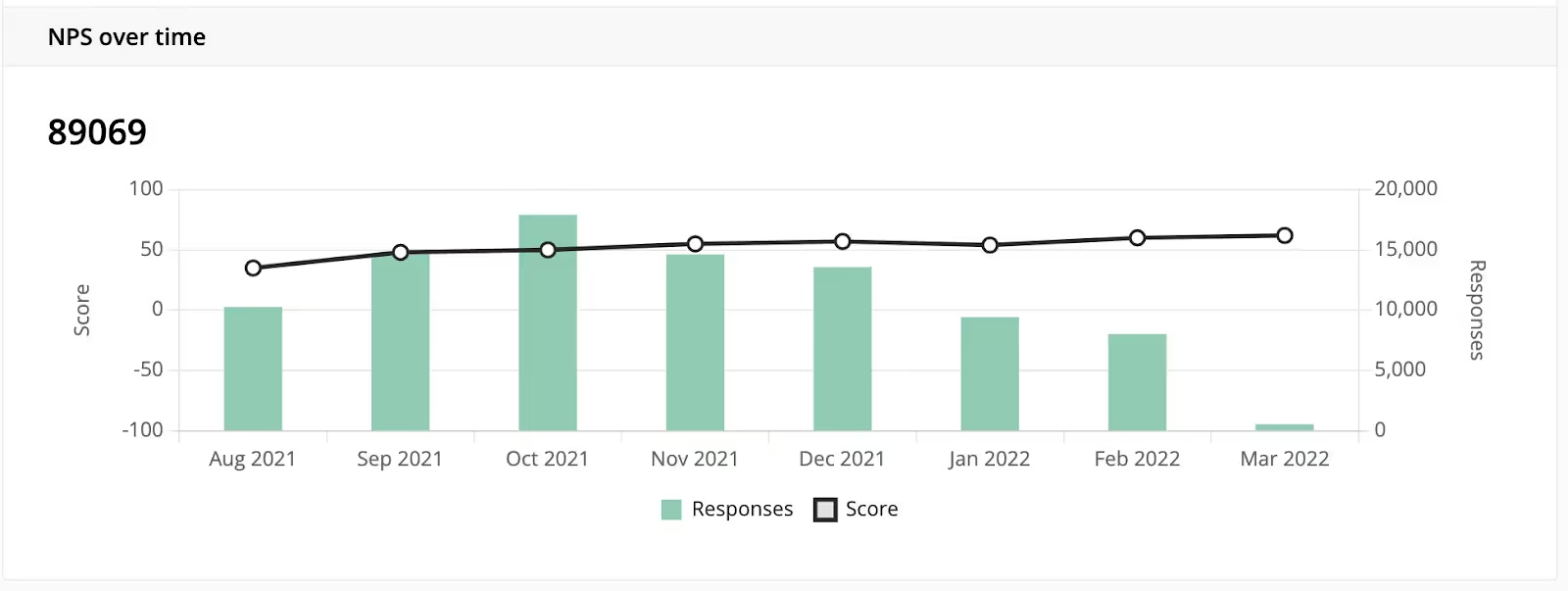
Your CSAT score is a Key Performance Indicator (KPI) that measures your customers’ satisfaction with a product, service, transaction, etc. It does not usually measure the customers’ happiness with your brand overall.
By conducting a CSAT survey, you can find touchpoints in the customer journey that may be causes for struggle and require intervention.
Calculation of NPS and CSAT
NPS and CSAT scores have different formulas.
NPS formula
Customers are divided into three categories based on their rating:
- Promoters: 9-10
- Passives: 7-8
- Detractors: 0-6
To get the score, you have to subtract the percentage of detractors from promoters. There are many NPS calculators that can do this for you. If you use Survicate, NPS results will update in real-time in the report panel. You'll also see open-ended question answer responses to perform NPS analysis.
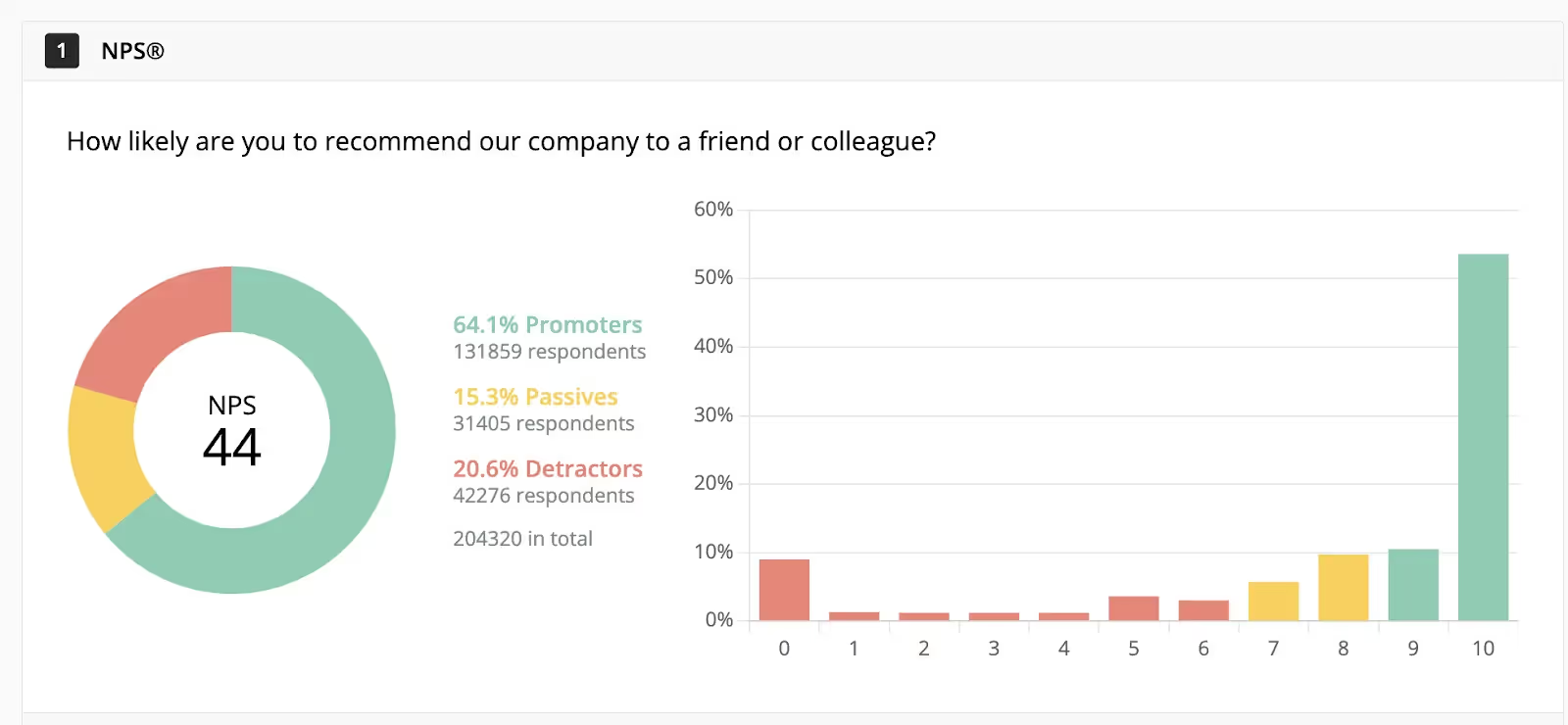
CSAT formula
Segment customers into satisfied (4 or 5) and unsatisfied (3 or lower) to get your CSAT score. Then, divide the number of satisfied customers by the number of responses and multiply by 100. This is the percentage of satisfied customers.
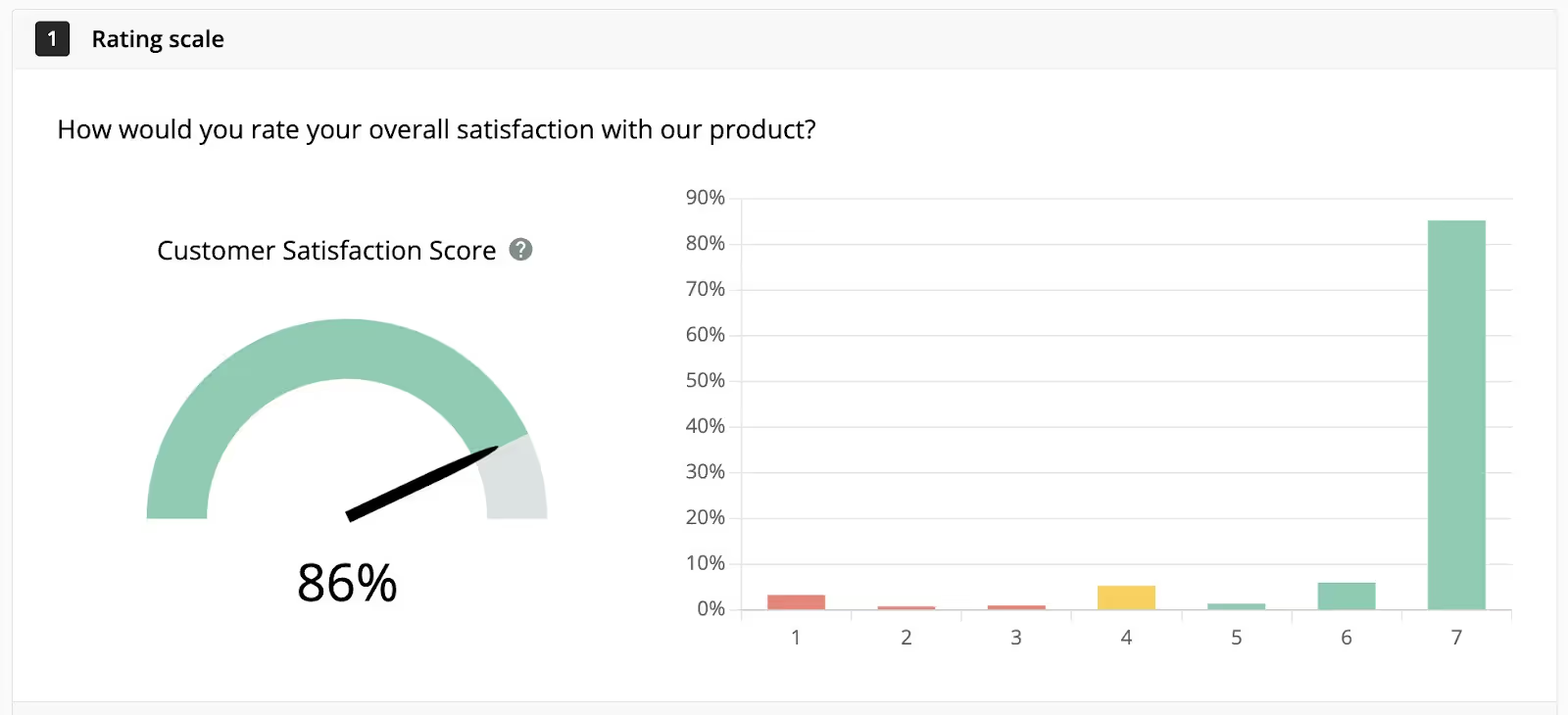
NPS is a macro-, while CSAT is a micro-level metric
CSAT is a short-term evaluation of customer happiness with a particular interaction. While NPS can be a transactional metric, it is considered to measure long-term loyalty to a brand.
NPS and CSAT surveys serve different purposes
CSAT is focused on a customer’s satisfaction with a specific area of your business. This could be customer support or a new feature, for example. It lets you know where you need to make changes to improve the customer’s experience.
NPS, on the other hand, measures overall customer satisfaction towards your brand (unless it’s transactional). It is an indicator of customer loyalty and can help predict growth and customer churn.
NPS and CSAT should be sent at different times
A transactional CSAT survey should be sent immediately after an interaction with your company. This could be any kind of touchpoint in the customer journey, like a
- completed transaction,
- contact with customer service, or
- a renewed subscription.
But consider how quickly a particular interaction loses recency.
For example, a transactional CSAT survey is great immediately after an interaction with customer service. However, a customer should have enough time to interact with a product or subscription before they can give meaningful feedback after purchasing.
Relational NPS should be sent at neutral moments. It’s good practice to avoid sending such a survey after interactions so that customers won’t relate answers to a recent touchpoint.
Send relational NPS surveys at regular intervals. This way, you’ll be able to keep track of whether the score is growing or dropping. New customers should receive this kind of survey after a while when they’ve had time to experience your product or service.
All in all, relational studies give you information about long-term loyalty or satisfaction, while transactional ones are focused on particular interactions.
NPS vs. CSAT similarities
NPS and CSAT scores are both customer experience metrics. This means they have quite a few similarities as well.
Both CSAT and NPS can be transactional or relational
NPS is a measure of long-term happiness and customer loyalty. The relational NPS score isn’t tied to any particular interaction or event but represents your customers’ sentiment toward your brand overall.
NPS can be made a transactional metric, however. All you have to do is change the NPS question by adding something like “based on your last interaction.”
CSAT is generally transactional, but you can make it a relational study by tweaking the question to something more like “How satisfied are you with this brand?” and timing the survey to be sent regularly.
CSAT and NPS could be subjective
The main CSAT and NPS survey questions are subjective to respondents.
“Satisfied” can be interpreted differently by different people due to cultural bias. And the same goes for NPS. Americans, for example, tend to give extreme responses (meaning they are unlikely to be passives).
Context is key to understanding CX scores
For both CSAT and NPS, open-ended questions like “What could we do to improve?” are a treasure trove of suggestions from customers. They provide more details about the customers’ ratings.
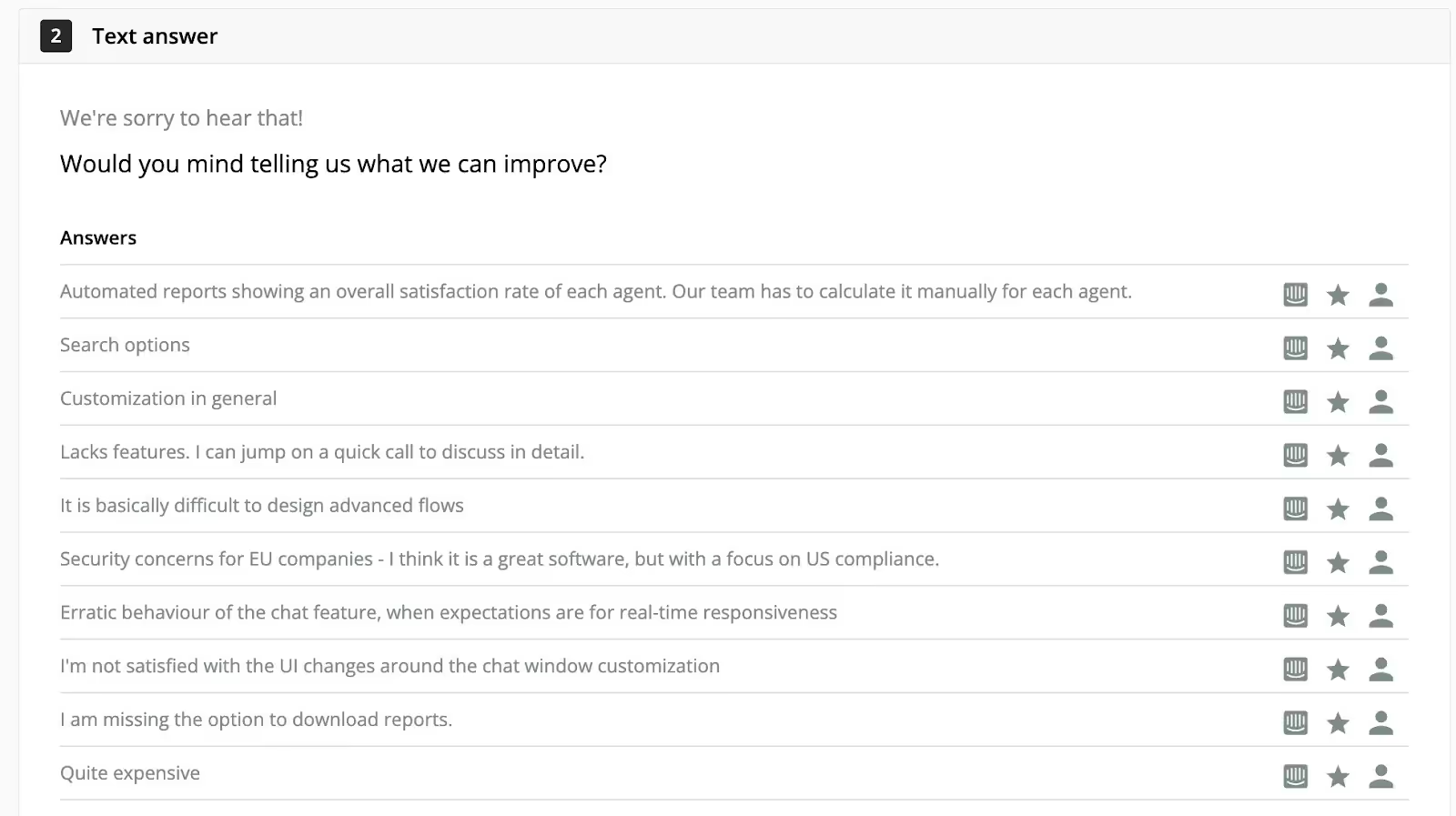
Those respondents who gave a low score should be contacted so you can offer them a solution. Contact info will be collected automatically if you link your Survicate survey with one of our integrations.
Pros and cons of NPS and CSAT
CSAT is answered right after an interaction. You immediately know where points of struggle are, even if customers don’t respond to the open-ended question follow-up.
Transactional CSAT lets you know whether customers can complete certain tasks successfully. It gives you actionable feedback on how to improve processes, services, or products.
On the other hand, those who would give a low rating often don’t respond, meaning you may get a “false” positive score.
And lastly, even a good CSAT score doesn’t indicate a customer will be loyal or repurchase. It may predict customer churn, but even in this respect, it’s not as reliable as the NPS score.
NPS is larger in scope than CSAT. It takes into account how customers perceive your brand as a whole and it may prompt promotion by word-of-mouth. NPS is a great indicator of repurchase and growth.
It also gives you honest and objective feedback since it is unrelated to any particular interaction or event. On top of that, it has one of the highest response rates among CX surveys.
On the other hand, it does not give you much insight in terms of business strategy unless customers provide answers to the open-ended questions.
How to choose between CSAT vs. NPS
First, determine whether you want to evaluate the overall relationship a customer has with your brand or a particular interaction.
Relational NPS is the best metric to give you a bird’s eye view of customers’ loyalty. Insights from such a study can give you ideas on improving customer retention, churn reduction, and word of mouth.
Go with transactional CSAT to evaluate how customers perceive a particular interaction with your company. This will let you know what points of struggle require intervention throughout the buyer’s journey.
If you are experimenting with
- new products,
- services,
- subscription types,
- and so on,
a CSAT survey will let you know whether the changes are beneficial.
If you’re struggling to gather enough feedback to collect actionable data, NPS might be the way to go. NPS response rates tend to be higher than in other types of studies.
No two businesses are the same. You may want to experiment with different types of studies to find what works best for you and your customer base. For some, CSAT may provide less actionable insights than NPS, while for others, it’s NPS that offers no context.
On the other hand, those metrics can supplement each other. You may get “satisfied but disloyal” customers. Open-ended questions can clarify why that is.
Perhaps these customers found they do not need your tool upon finishing a trial which they have no problem with. Maybe they used your tool for a one-off project. You can also use an exit survey to clarify these reasons.
Fred Reichheld, the creator of the Net Promoter Score, found that 60-80% of customers who churn expressed they were satisfied in their last CSAT survey.
That’s why many brands choose to send both CSAT and NPS surveys. They use relational NPS to track customer loyalty over time, while transactional CSAT gives them information about particular touchpoints in the buyer's journey.
Sending NPS and CSAT surveys with Survicate is easy
Survicate has dozens of ready-to-send survey templates, including CSAT and NPS. Questions are fully customizable; you can even add your own branding.
Our templates include open-ended questions that will help you gather actionable data. You can configure surveys to pop up after events like chatting with customer support or a completed purchase.
After your customers begin leaving feedback, you’ll be able to see them in graphic format within the dashboard. Use your respondents’ insights to close the feedback loop, improve customer experience, and build your brand.
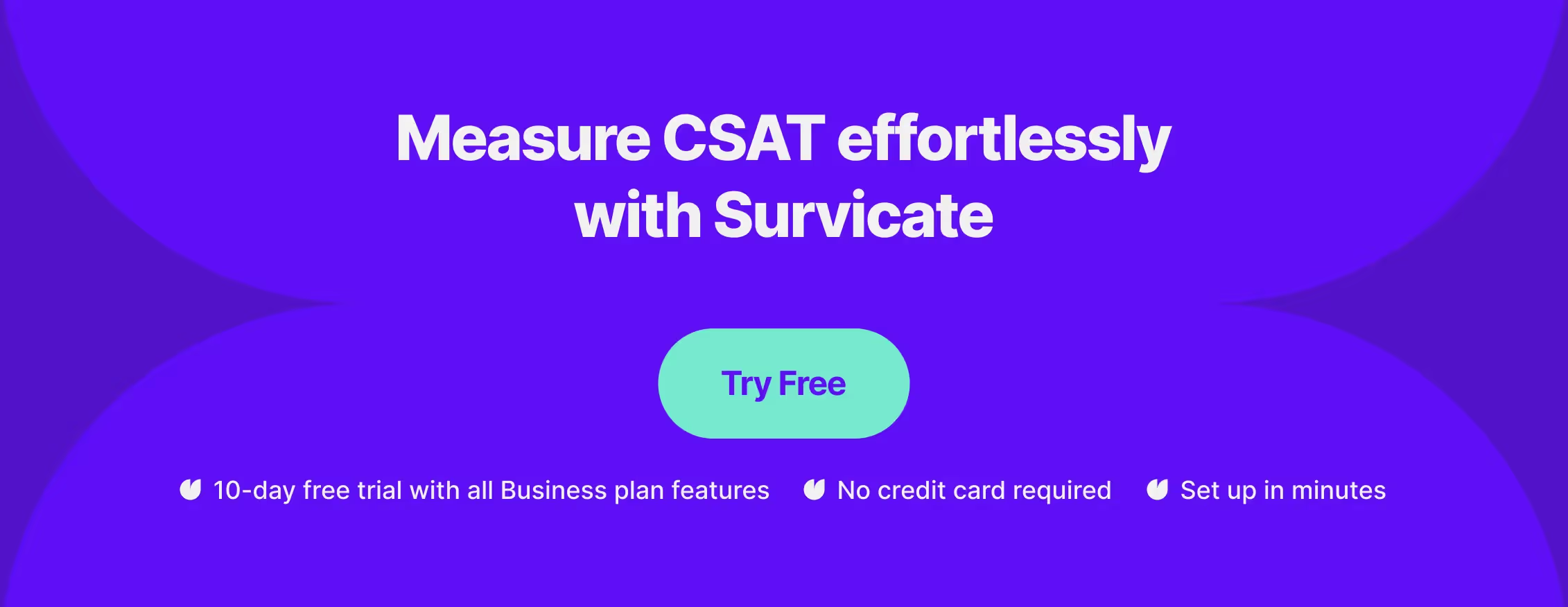
Wrapping up
Use both a transactional CSAT survey and the relational NPS survey to achieve optimal results. You’ll get insight into how your brand is perceived as a whole, and you’ll be able to pinpoint struggle points your customers face.
If you sign up for a great survey tool like Survicate, you won’t have to choose. Responses are just a few clicks away. Also, you can foster your decision making checking our newest ranking of best customer satisfaction tools.
💡 YOU MAY ALSO BE INTERESTED IN: 3-point scale CSAT survey template








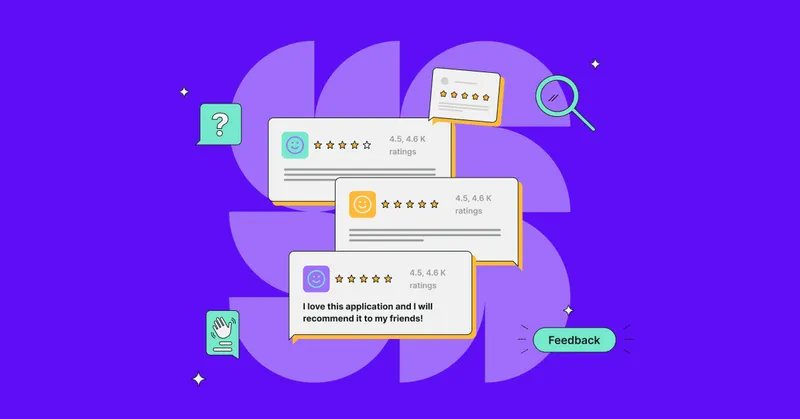
.webp)
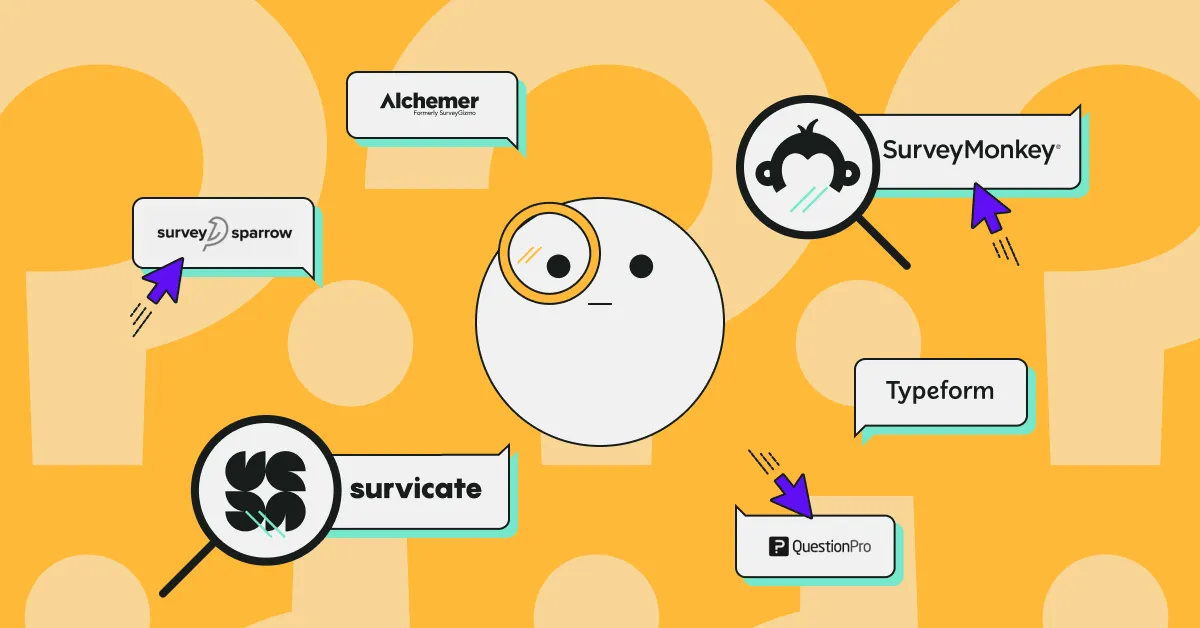
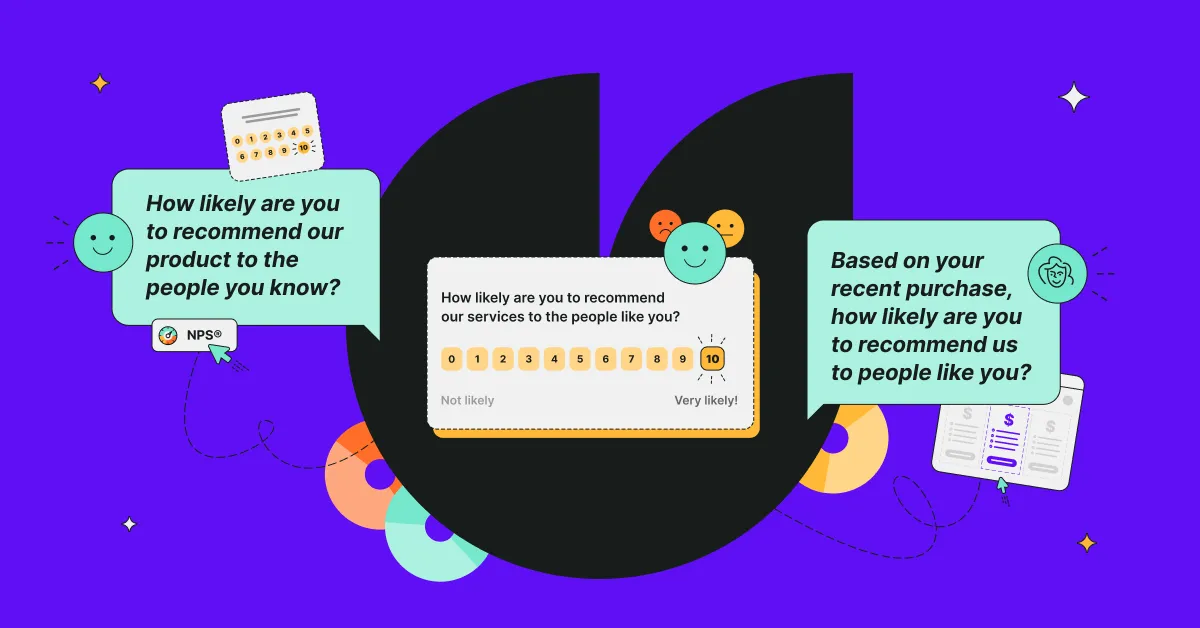
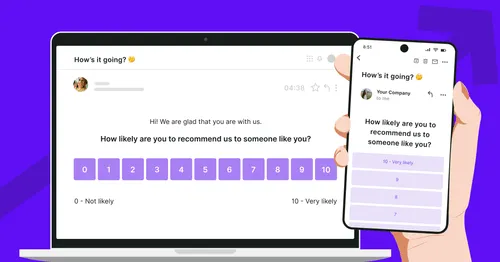
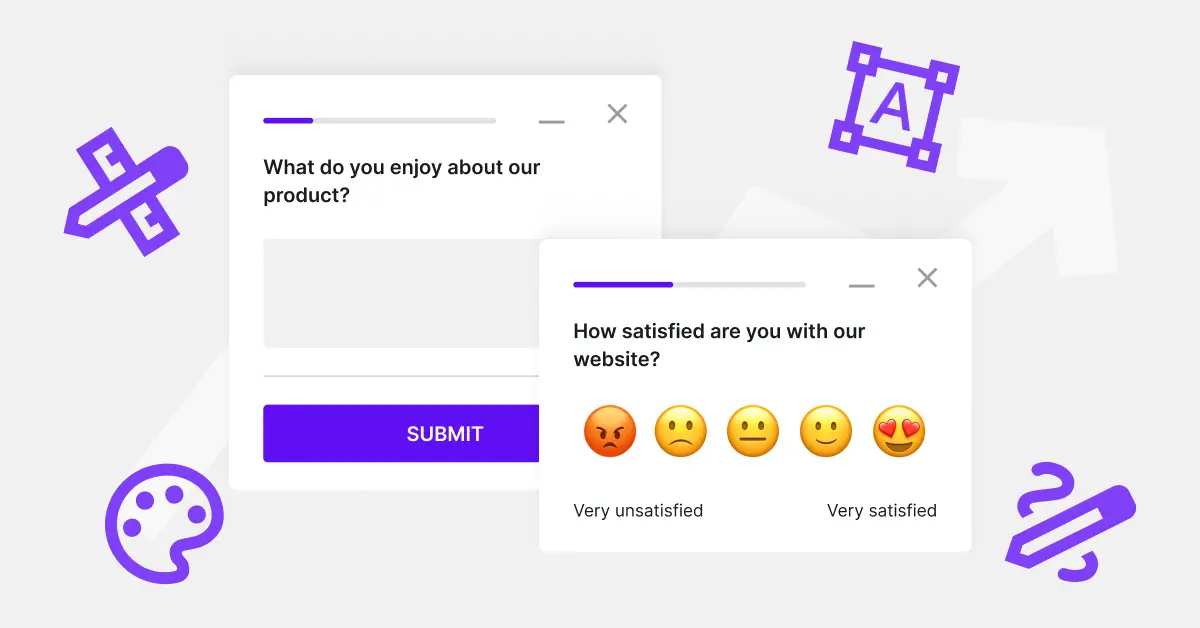
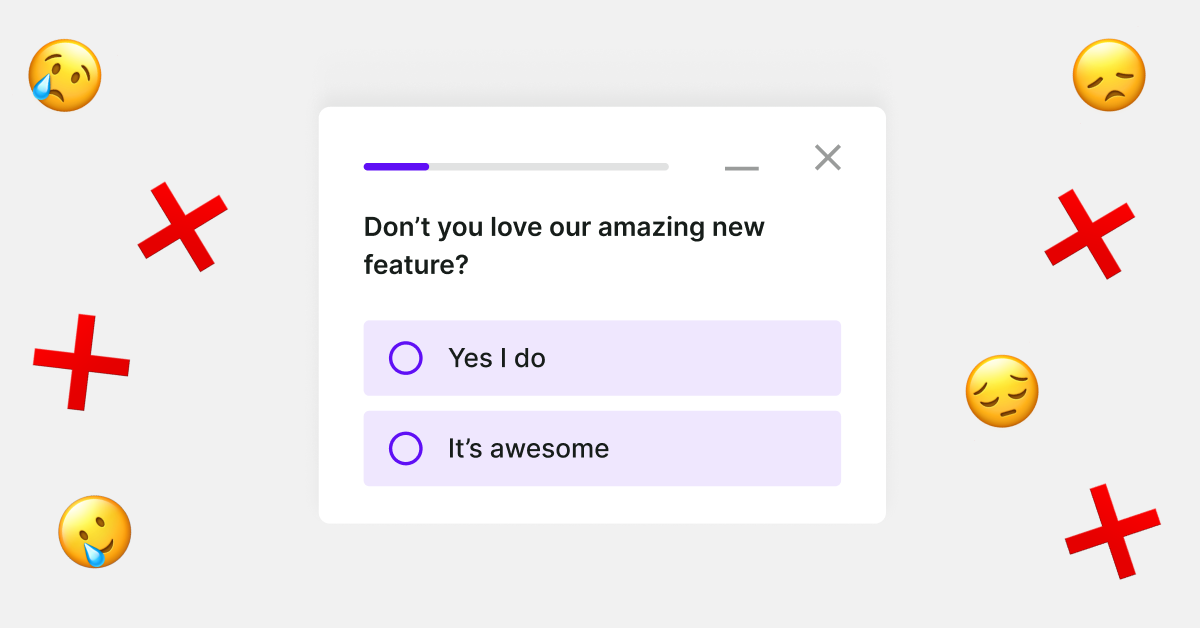
.svg)

.svg)


